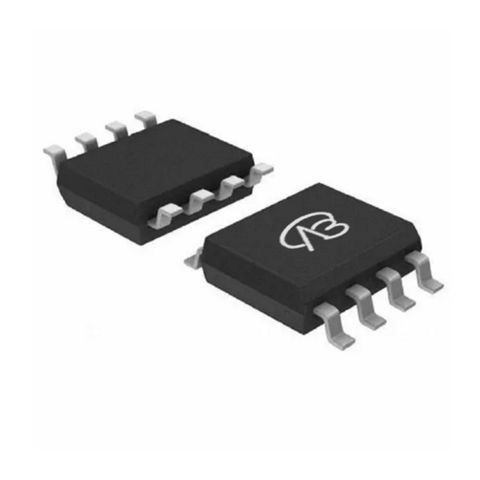Dual-N+N means that a semiconductor device or circuit contains two N-type semiconductor-related circuit structures.
For example, a dual N-type transistor combination circuit, also known as a dual N+N channel MOSFET.

So, why connect two NMOS transistors together? How do they work?

Complementary Switches:
Two NMOS transistors can be used to build a complementary switch circuit, where one NMOS is responsible for connecting the power supply (VDD) to the load, and the other connects the load to ground.
Usage Scenarios of Dual NMOS:
There are two configurations: series and parallel.
Series Configuration:
When two NMOS transistors are connected in series, they are typically used to control higher voltage circuits.
For example, one NMOS controls the signal (from low to high voltage), while the other is used to drive the load of the high-voltage circuit.

Why use two MOS transistors in series?
When using a single MOS transistor, when the MOS is turned off, the body diode of the MOS still allows discharge from the battery, so the off-state doesn’t fully isolate the circuit.

However, when using two MOS transistors in series, both can be turned off.
Due to the reverse body diode connection, it effectively blocks the battery discharge.

Parallel Configuration:
This configuration can be used to increase the switching conductivity.
When two NMOS transistors are connected in parallel, the current can flow through any NMOS that is turned on.

Advantages of Dual NMOS:
High Conductivity:
The carriers in NMOS transistors are electrons, which have a high mobility.
So, does connecting two NMOS transistors together effectively enhance the advantages of a single NMOS?
The answer is yes.
Because of the higher electron density in dual N-type MOS transistors, they offer lower on-resistance, which helps to improve conductivity efficiency.


Radiation Resistance:
The structure of dual N-type MOS transistors usually provides better radiation resistance, allowing them to operate in harsh environments.
Low Power Consumption:
The switching characteristics of dual N-type MOS transistors allow them to operate at lower drive voltages, reducing power consumption. This makes them especially suitable for low-power electronic devices.
It is worth mentioning that due to these advantages, dual NMOS combinations are widely used in applications such as home appliances, LED technology, and more.
